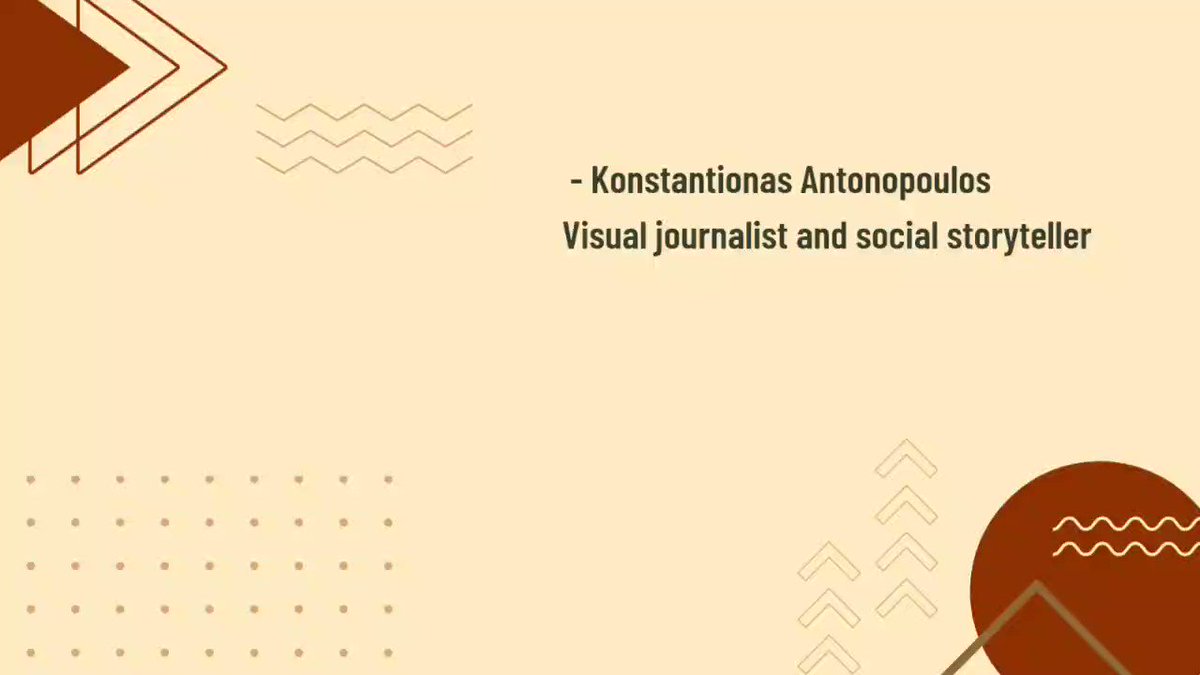Vibha B Madhava
6:27
6:27
6:29
6:31
6:33
6:33
6:34
6:35
6:35
6:37
6:38
6:38
6:39
6:40
6:41
6:43
6:44
6:44
6:45
6:45
6:46
6:47
6:49
6:49
6:51
6:52
6:52
6:53
6:54
6:54
6:55
6:56
6:57
6:58
6:59
7:00
7:00
7:01
7:01
7:02
Connecting…















